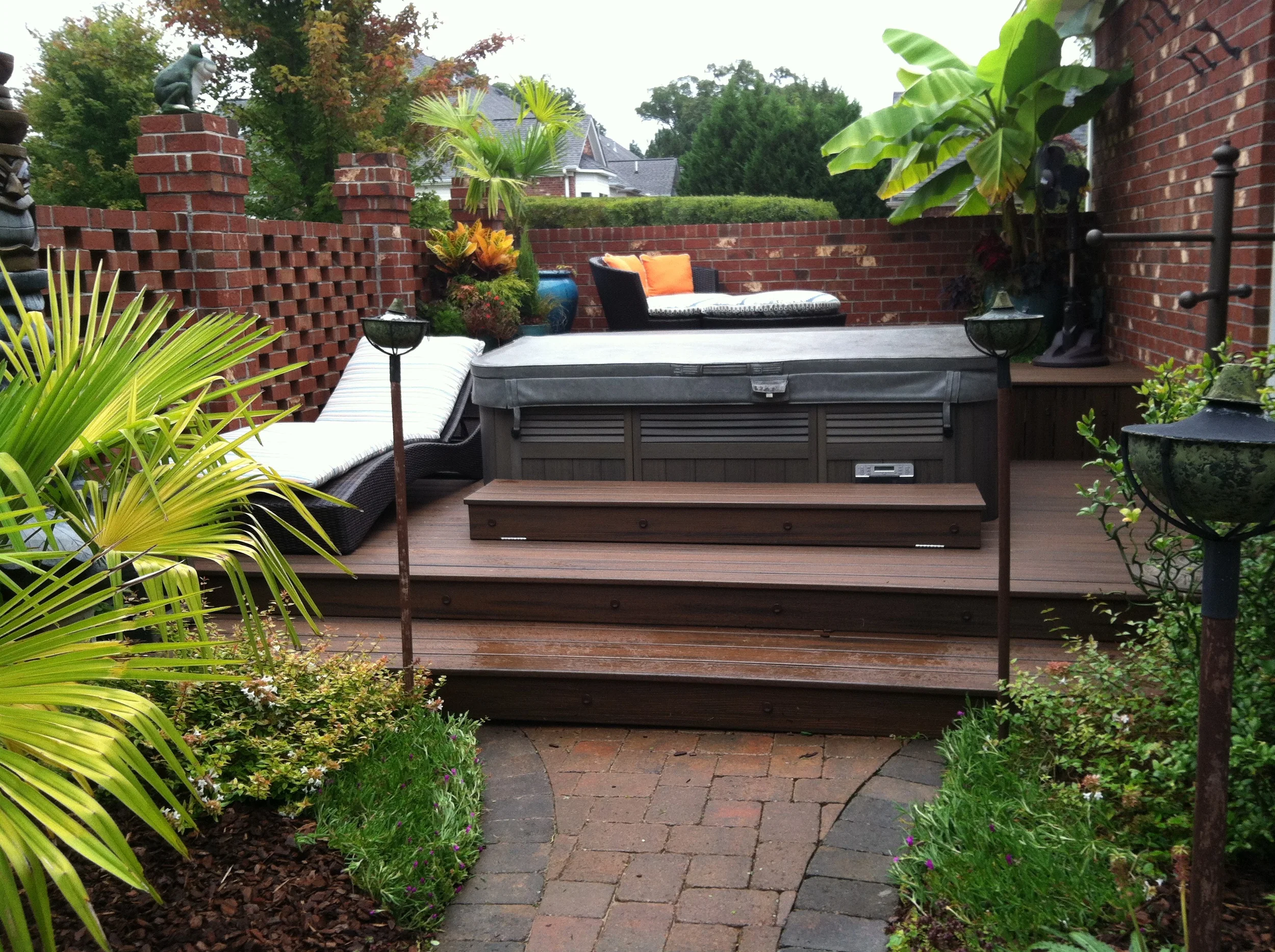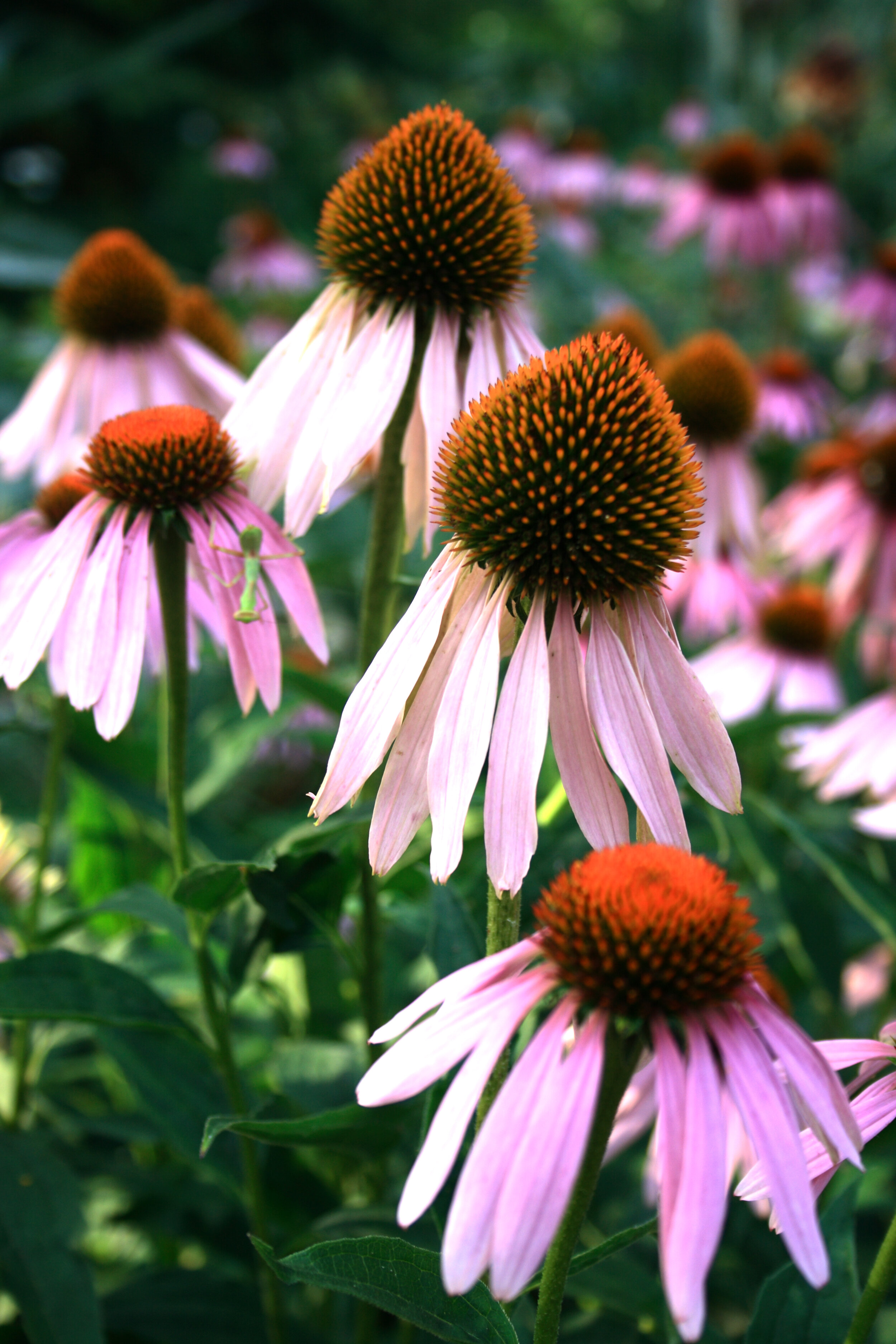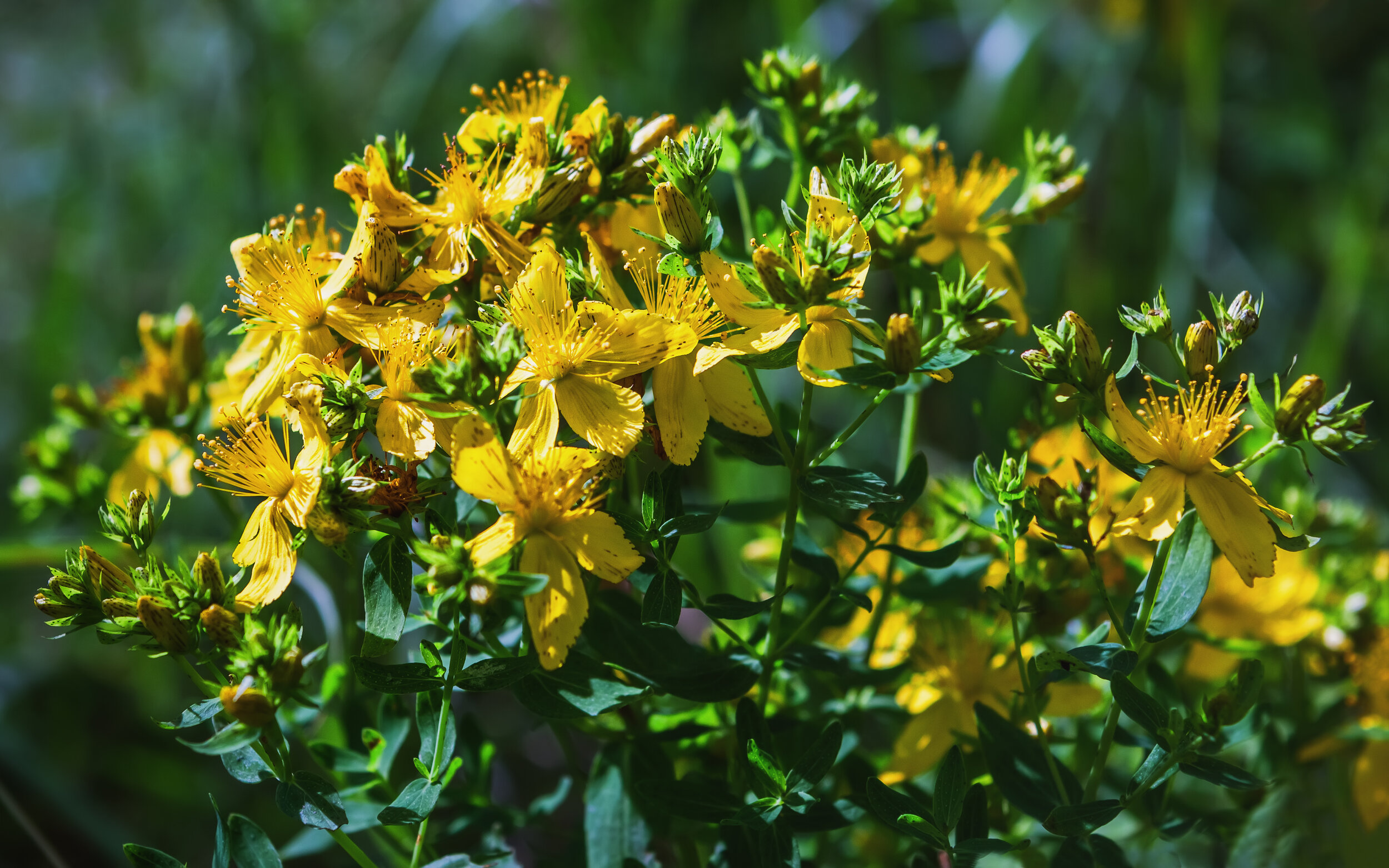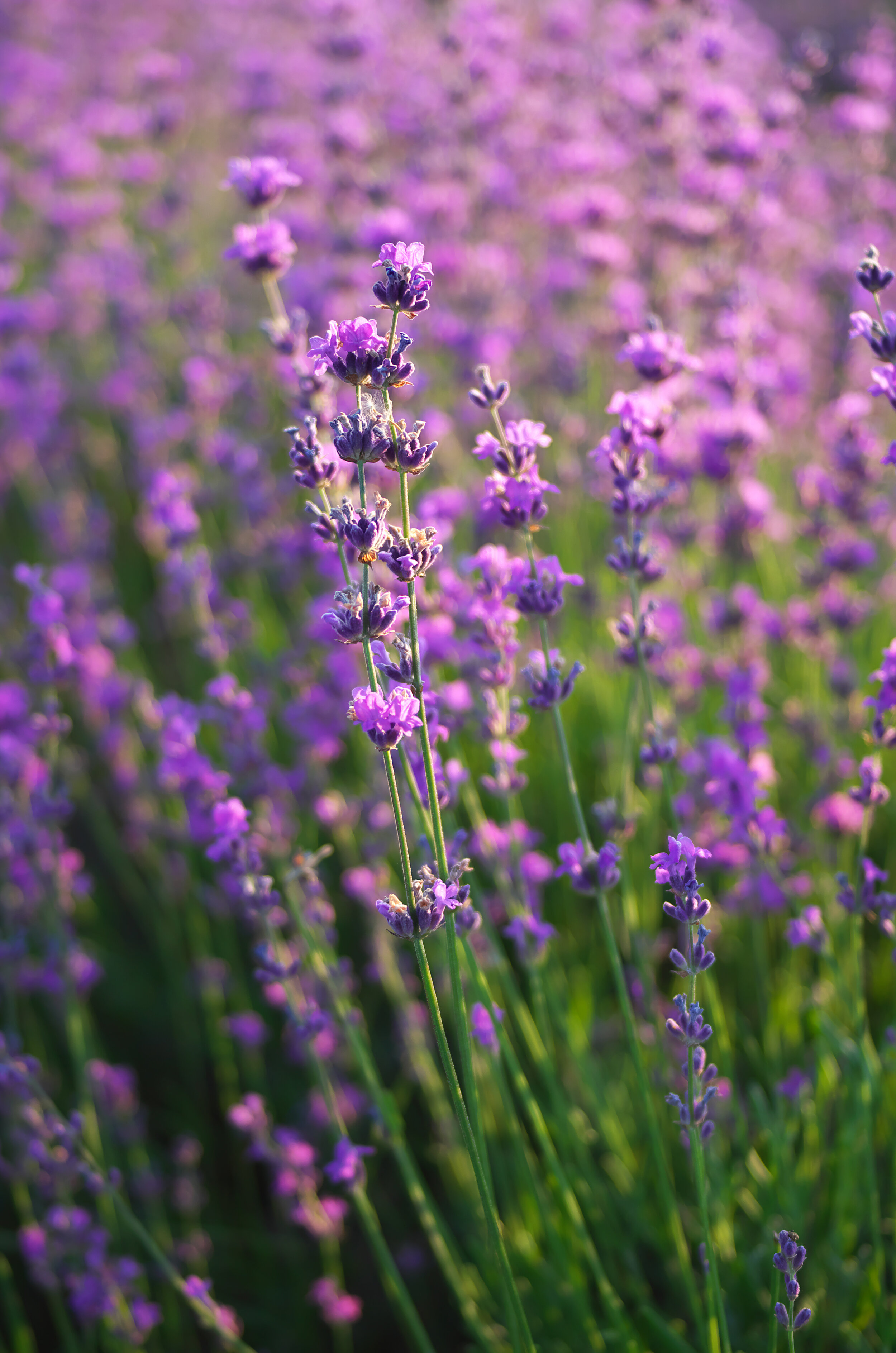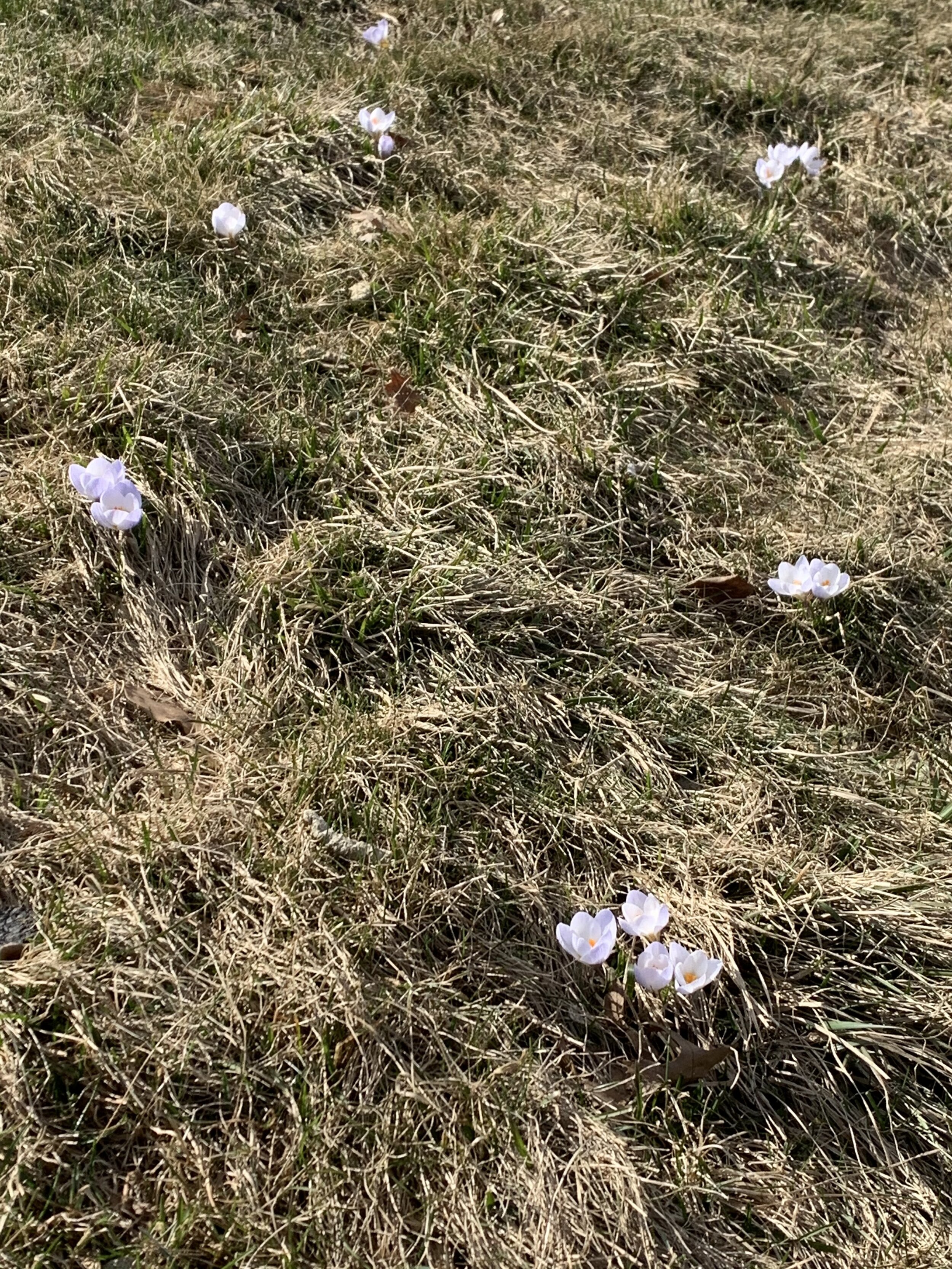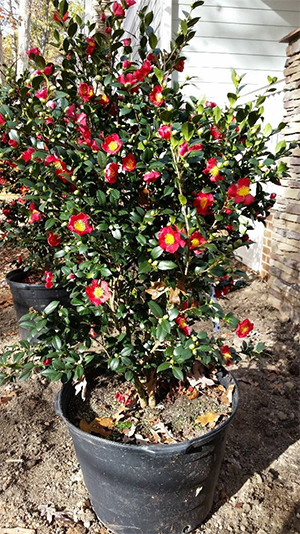This is a two-part blog discussing landscaping with native species. Part 2 discusses various native plant species to potentially use in your landscaping. Part 1 covered why you should use native plants in your landscaping and their benefits.
Earlier this month I covered all the benefits of landscaping with native plants and their importance. Now, I want to share a variety of different native plants you can potentially use in your landscaping and resources to find other native plant options.
Luckily, North Carolina has no shortage of gorgeous and beneficial plants. Discover some amazing native plants in my latest blog.
Native Plants Galore!
Whether you are looking for a low shrub or wildflowers, below is a variety of options of native plants. There is a mix of colors and maintenance needs.
Before I share these beautiful native plants, I recommend you look at this hardiness zone map. It lists all the hardiness zones in the continental United States. The Piedmont Triad, North Carolina is in zone 7. Zones are determined by average annual extreme minimum temperature. For a more in-depth look at zones and to search your zip code, visit the USDA Plant Hardiness Zone Map.
1. Low Shrubs
Snowhill Hydrangea (Hydrangea aborescens)
Hardiness Zones: 4-9
Optimal Growing Conditions: Partial sun to shade and neutral to acidic soil.
Click here for more information on this plant.
Swamp Rose (Rosa palustris)
Hardiness Zones: 4-9
Optimal Growing Conditions: Full to partial sun and moist, wet soil.
Click here for more information on this plant.
2. Mid-size Shrubs
Silky Dogwood (Cornus amomum)
Hardiness Zones: 5-8
Optimal Growing Conditions: Full to partial sun and moist, wet soil.
Click here for more information on this plant.
Sweet Azalea (Rhododendron arborescens)
Hardiness Zones: 5-8
Optimal Growing Conditions: Full sun to shade and moist, wet soil.
Click here for more information on this plant.
Pinkshell Azalea (Rhododendron vaseyi)
Hardiness Zones: 5-7
Optimal Growing Conditions: Partial sun and dry, moist soil.
Click here for more information on this plant.
3. Large shurbs
Mock Orange (Philadelphus inodorus)
Hardiness Zones: 4-8
Optimal Growing Conditions: Full to partial sun and dry, moist soil.
Click here for more information on this plant.
Mountain Winterberry (Ilex montana)
Hardiness Zones: 3-9
Optimal Growing Conditions: Full to partial sun and moist soil.
Click here for more information on this plant.
4. Wildflowers
Blazing Star (Liatris spicata)
Hardiness Zones: 5-9
Optimal Growing Conditions: Full sun and moist, wet soil.
Click here for more information on this plant.
Blue Star (Amsonia tabernaemontana)
Hardiness Zones: 3-11
Optimal Growing Conditions: Partial sun to partial shade and moist soil.
Click here for more information on this plant.
Bleeding Heart (Dicentra eximia)
Hardiness Zones: 3-9
Optimal Growing Conditions: Partial to full shade and moist soil.
Click here for more information on this plant.
Great Blue lobelia (Lobelia siphilitica)
Hardiness Zones: 4-9
Optimal Growing Conditions: Partial sun to partial shade and moist, wet soil.
Click here for more information on this plant.
Native Plant Resources
Looking for other colors, plant maintenance, or more options for native plants? Don’t worry, click here for a great list of recommended native species for North Carolina.
Also, as azaleas are such a popular – and gorgeous – landscaping plant choice, the Carolina Native Nursery provides this wonderful list of native azaleas.
Choose Native Plants for Your Landscaping!
If you want to make a difference in our local environment, then landscaping with native species is a wonderful start. Our local pollinators and other native plants will thank you! Get started today on your dream landscaping for your yard. Call Hawkins Landscape Architecture today at 336-848-7164!
At Hawkins Landscape Architecture, I will work closely with you to select plants you love and are able to maintain. Be sure to like my Instagram page for photos and inspiration on all things plants and outdoor living!
